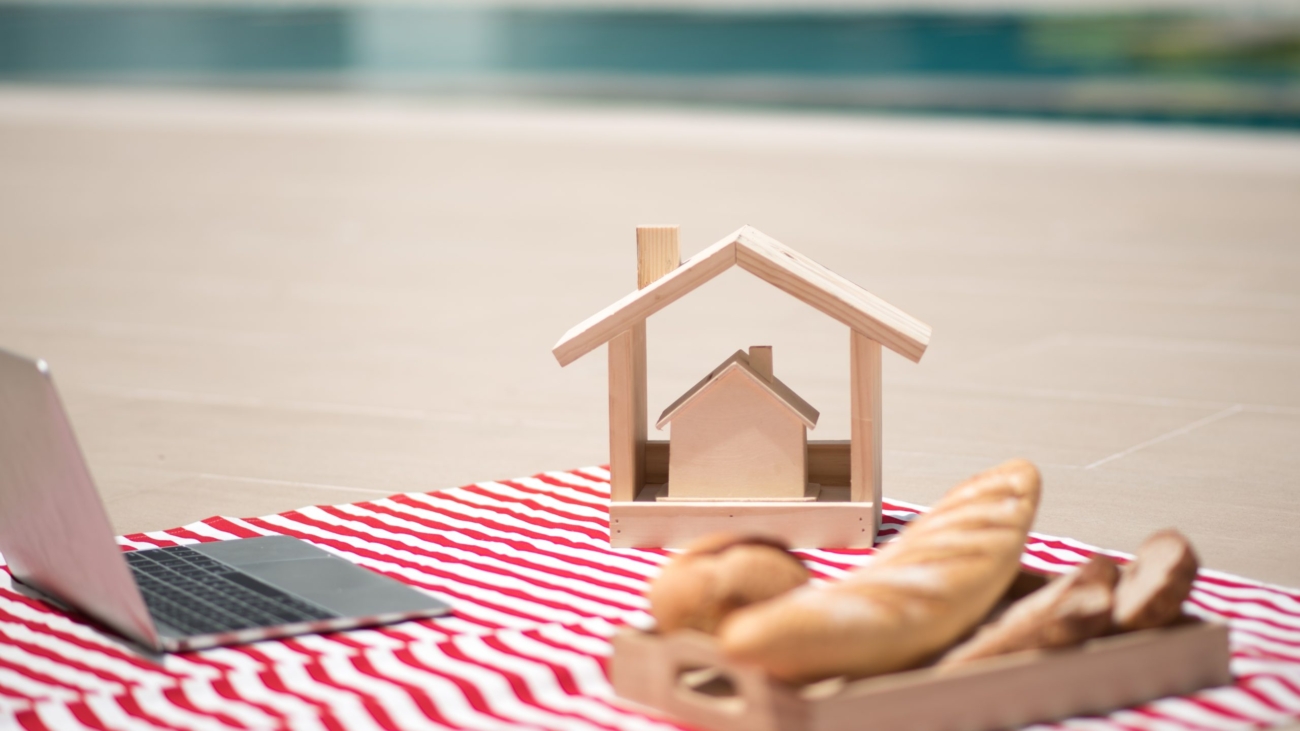Summer houses have always represented a retreat from the daily grind—a place to relax, reconnect with nature, and embrace leisure. Yet, designing a summer house that feels both effortless and intentional requires attention to detail, from material choices and lighting to furniture placement and decorative accents. This guide explores thirteen carefully curated elements that can elevate any summer house, combining aesthetic appeal, comfort, and practical functionality. Drawing on expert insight, these recommendations show how small touches and thoughtful design decisions can create a harmonious, inviting environment that captures the essence of summer living.
1. Light-Filled Spaces
Natural light is the cornerstone of an ideal summer house. Large windows, skylights, and glass doors maximize sunlight, creating a sense of openness and connection with the surrounding landscape. Position furniture to take full advantage of light throughout the day, and consider light, neutral-colored walls and reflective surfaces to amplify brightness.
2. Outdoor-Indoor Flow
A seamless connection between indoor and outdoor areas enhances the feeling of spaciousness. Sliding or folding doors, covered patios, and deck spaces encourage fluid movement and extend the living area. Outdoor furniture should be comfortable and durable, complementing the indoor aesthetic while inviting relaxation and social gatherings.
3. Timeless Furniture Choices
Opt for furniture that balances comfort with longevity. Natural materials such as rattan, teak, and oak are durable, weather-resistant, and age beautifully over time. Modular seating or lightweight pieces allow flexibility for rearranging layouts according to the number of guests or changing activities.
4. Statement Lighting
Lighting sets the mood and emphasizes architectural features. Pendant lights, lanterns, or sculptural lamps can serve as focal points, while soft ambient lighting ensures a cozy atmosphere in the evening. Strategically placed task lighting in kitchens, reading nooks, or outdoor patios enhances usability without compromising style.
5. Layered Textures
Combining various textures creates depth and tactile interest. Think linen curtains, woven rugs, wooden surfaces, and smooth stone countertops. Textural contrast can make the space feel inviting and multi-dimensional, preventing an overly flat or sterile aesthetic.
6. Functional Kitchen Spaces
Even a summer house requires a fully functional kitchen. Open shelving, compact islands, and clever storage solutions optimize space without sacrificing style. Incorporate durable materials like quartz or solid wood for countertops, and ensure appliances are intuitive and reliable for effortless cooking and entertaining.
7. Nature-Inspired Color Palettes
Soft blues, sandy neutrals, leafy greens, and sun-washed yellows reflect the surrounding environment and reinforce the tranquil, relaxed mood. These shades can be applied to walls, textiles, and accent pieces to evoke a sense of harmony and continuity between indoor and outdoor spaces.
8. Cozy Nooks and Reading Corners
A well-designed summer house includes intimate spaces for quiet reflection. Window seats, built-in benches, or corner armchairs with plush cushions create inviting corners for reading, relaxing, or enjoying morning coffee. Incorporate personal touches like blankets, throws, or small side tables for added comfort.
9. Artful Decor and Personal Touches
Art and decor give character to a summer house. Curate pieces that reflect personal taste and resonate with the natural surroundings, such as framed botanical prints, ceramics, or locally sourced crafts. Avoid overcluttering; instead, choose a few standout elements to create visual interest and storytelling.
10. Practical Storage Solutions
Efficient storage ensures the home remains organized and clutter-free. Built-in cabinetry, under-bed drawers, and multipurpose furniture help maintain a tidy environment. For outdoor gear, consider discrete racks or cupboards near entryways, keeping essentials accessible yet concealed.
11. Sustainable Materials and Green Design
Sustainability is increasingly important in modern summer homes. Utilize eco-friendly materials, energy-efficient appliances, and passive design techniques like cross-ventilation and natural insulation. Solar panels, rainwater collection, and low-maintenance landscaping contribute to a home that is both environmentally responsible and low-stress for owners.
12. Outdoor Entertaining Areas
A key feature of summer living is social interaction. Outdoor kitchens, fire pits, or dining terraces extend the home’s usability and encourage gatherings. Furniture should be durable and weather-resistant, while outdoor lighting and cozy textiles enhance comfort for evening entertaining.
13. Thoughtful Landscaping and Greenery
The surrounding environment is as important as interior design. Integrate landscaping that complements the home’s style, using native plants, flowering shrubs, or potted greenery to create seasonal interest. Pathways, patios, and small garden features can add layers of texture and function to outdoor spaces, ensuring a seamless extension of the living areas.
Conclusion
Designing a summer house that embodies relaxation, style, and practicality requires careful attention to these thirteen elements. From thoughtful lighting and natural materials to cohesive color palettes and outdoor connections, each detail contributes to a space that is both visually stunning and exceptionally livable. By embracing these expert recommendations, homeowners can transform a summer house into a sanctuary—a place where design, comfort, and nature intersect to create a timeless retreat for family, friends, and quiet reflection.









